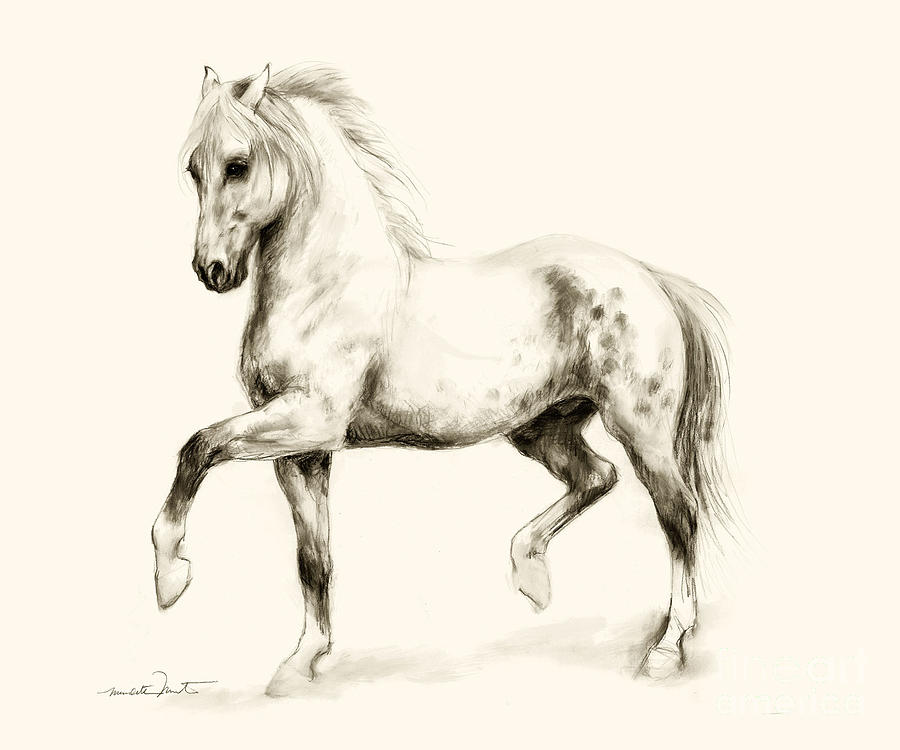
Introduction to Horse Sketch
A horse sketch is a form of art that involves drawing or sketching horses. It is a popular subject among artists and art enthusiasts due to the grace and beauty of these magnificent creatures. Horse sketches can range from simple outlines to detailed and realistic representations, capturing the essence and spirit of the horse.
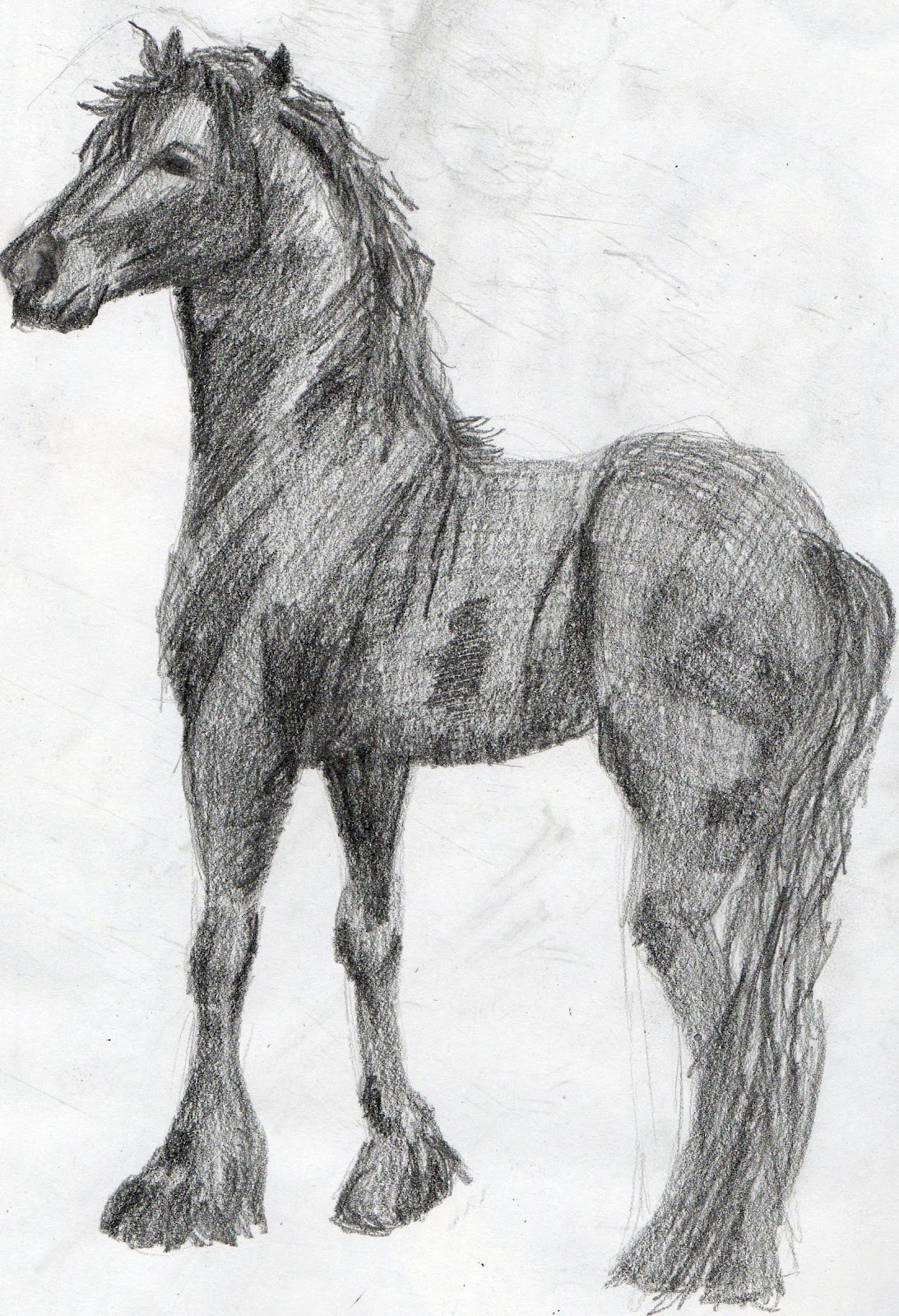
Materials Required for Horse Sketch
To create a horse sketch, you will need a few essential materials. Firstly, you will need a sketchbook or drawing paper to work on. A good quality sketchbook with acid-free paper is recommended for longevity. You will also need pencils of varying hardness, ranging from soft (B) to hard (H) for shading and detailing. Additionally, an eraser, sharpener, and blending tools such as smudging sticks or tortillons can be used to create different effects in your sketch.

Getting Started with Horse Sketch
Before starting your horse sketch, it is helpful to gather reference images or observe horses in real life to understand their anatomy and proportions. This will assist you in creating an accurate representation of the horse in your sketch. Begin with light pencil strokes to outline the basic shape and structure of the horse. Pay attention to the horse's body proportions, head position, and leg placement. Once the basic outline is complete, you can start adding details and shading to give your sketch depth and dimension.

Understanding Horse Anatomy
To create a realistic horse sketch, it is important to have a basic understanding of horse anatomy. Horses have unique proportions and features that distinguish them from other animals. Learning about the skeletal structure, muscle groups, and body movements of horses will help you accurately depict their form in your sketches. Study the different parts of a horse, such as the head, neck, body, legs, and tail, to ensure your sketch captures their distinct characteristics.
Creating Realistic Horse Sketches
To create a realistic horse sketch, pay attention to the details. Start by adding the horse's facial features, such as the eyes, nostrils, and mouth. Capture the horse's expression and personality through these facial details. Move on to sketching the mane and tail, considering their flow and movement. Focus on the horse's body muscles and contours, using shading techniques to create realistic shadows and highlights. Remember to observe the play of light and shadow on the horse's body to add depth and realism to your sketch.
Expressive Horse Sketches
Horse sketches can also be expressive and artistic, capturing the energy and spirit of the horse rather than focusing solely on realism. Experiment with different styles and techniques to create unique and emotive horse sketches. Explore using bold lines, loose strokes, and vibrant colors to convey movement and vitality. Let your creativity guide you and allow your horse sketches to be a reflection of your artistic vision and personal style.
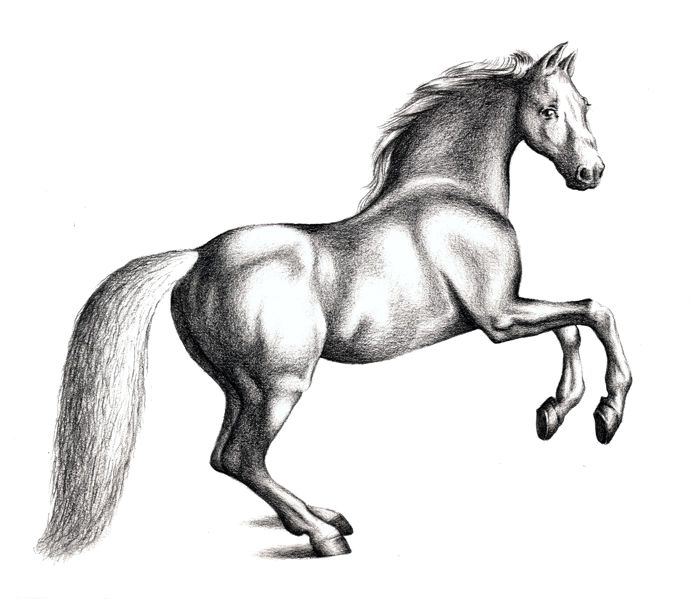
Adding Background and Context
Consider adding a background or context to your horse sketch to enhance the overall composition. A simple landscape or a hint of the horse's environment can provide a sense of place and narrative to your artwork. Whether it's a pasture, a racetrack, or a wild wilderness, the background can complement and enrich your horse sketch, making it more visually appealing and engaging for the viewer.

Artistic Styles for Horse Sketches
There are various artistic styles you can explore when creating horse sketches. Some artists prefer a realistic approach, aiming for accuracy and attention to detail. Others may lean towards a more impressionistic or abstract style, focusing on capturing the essence of the horse rather than its exact representation. Experiment with different styles to find the one that resonates with you and allows you to express your artistic vision effectively.
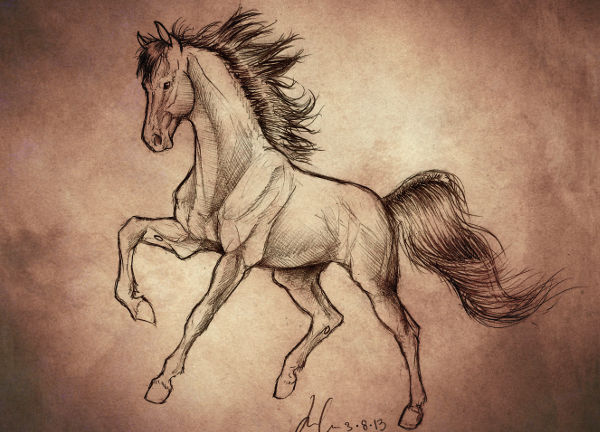
Practicing and Improving Your Horse Sketches
Like any skill, horse sketching requires practice to improve. Set aside regular time for sketching horses, whether it's from life, photographs, or your imagination. The more you sketch, the more you will understand horse anatomy, proportions, and movement. Take note of areas you find challenging and focus on improving them. Seek feedback from fellow artists or join art communities to learn from others and get constructive critique. With perseverance and dedication, your horse sketches will continue to evolve and improve.
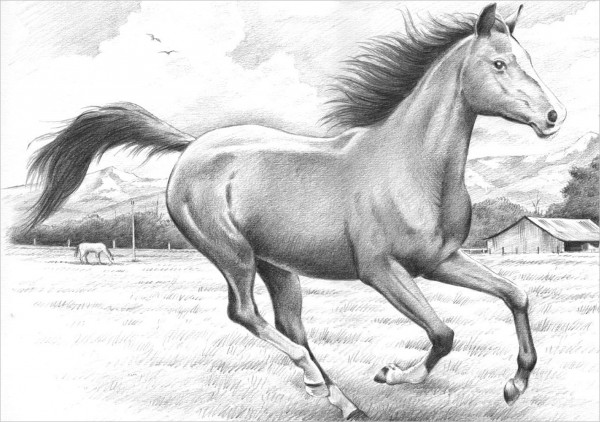
Showcasing and Sharing Your Horse Sketches
Once you have created horse sketches that you are proud of, consider sharing them with others. You can create a portfolio or an online gallery to showcase your artwork. Share your horse sketches on social media platforms or art websites to gain exposure and feedback from a wider audience. Participate in art contests or exhibitions to further promote your work and connect with fellow artists and art enthusiasts.
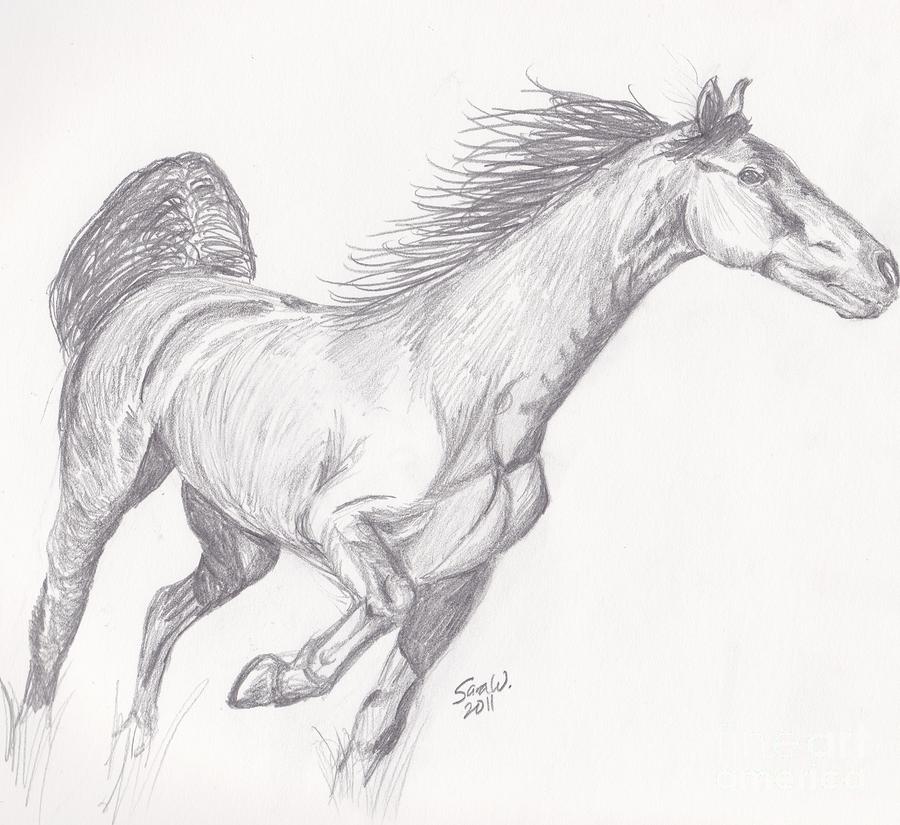
Conclusion
Horse sketching is a wonderful way to appreciate and capture the beauty of horses through art. Whether you aim for realism or prefer a more expressive approach, horse sketches allow you to explore your creativity and showcase your artistic skills. With practice, observation, and an understanding of horse anatomy, you can create stunning horse sketches that convey the grace and majesty of these remarkable animals.